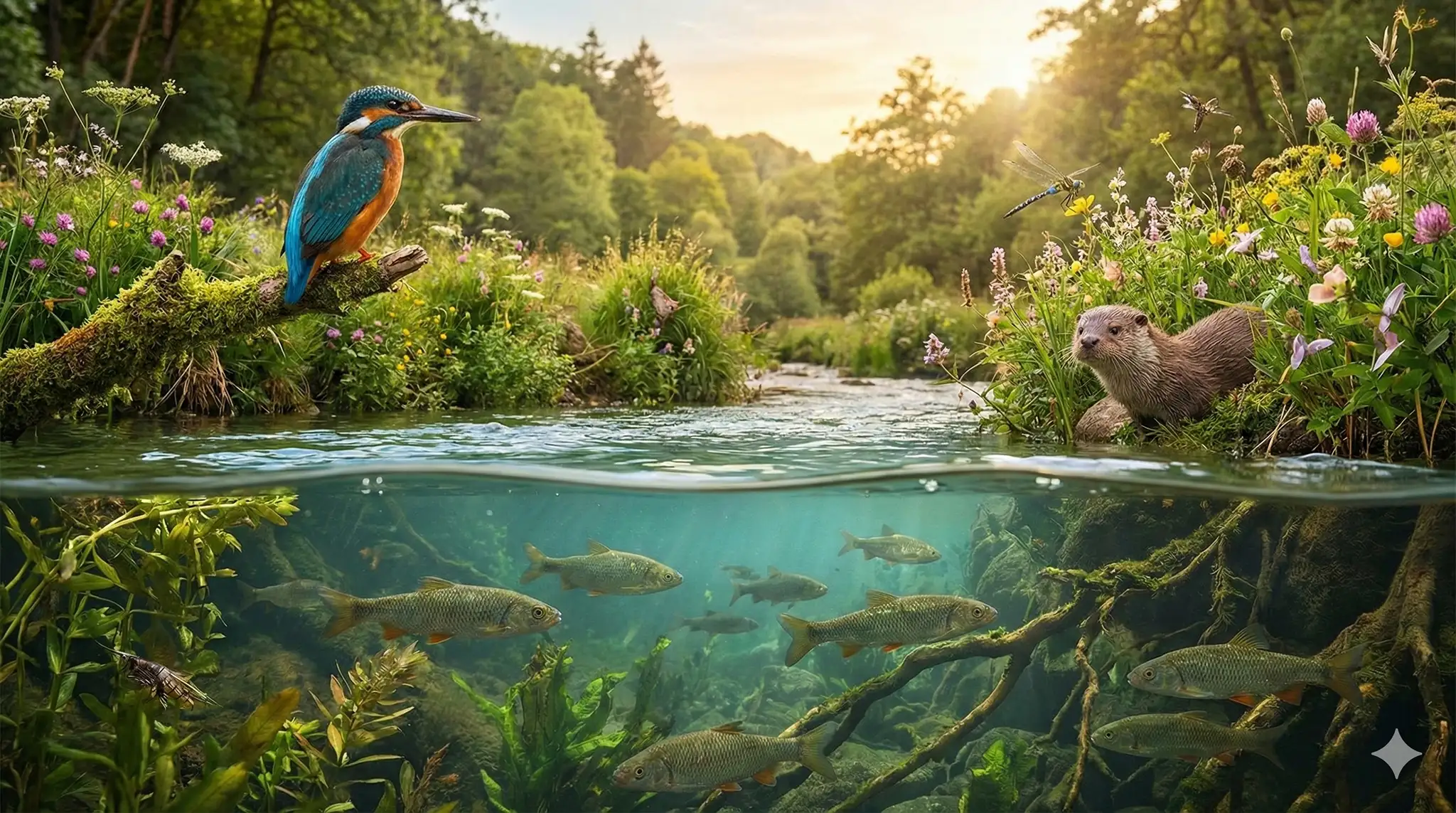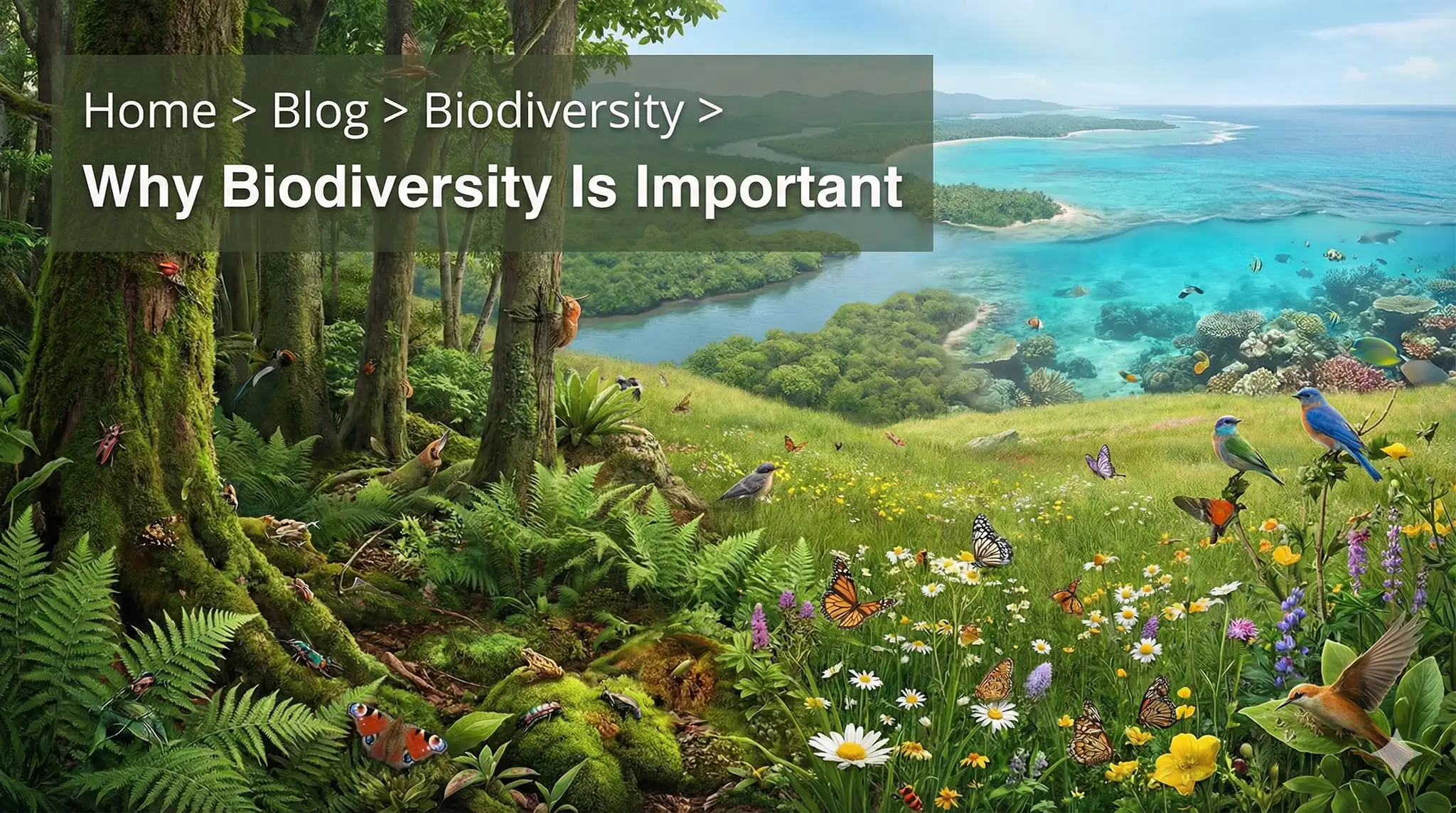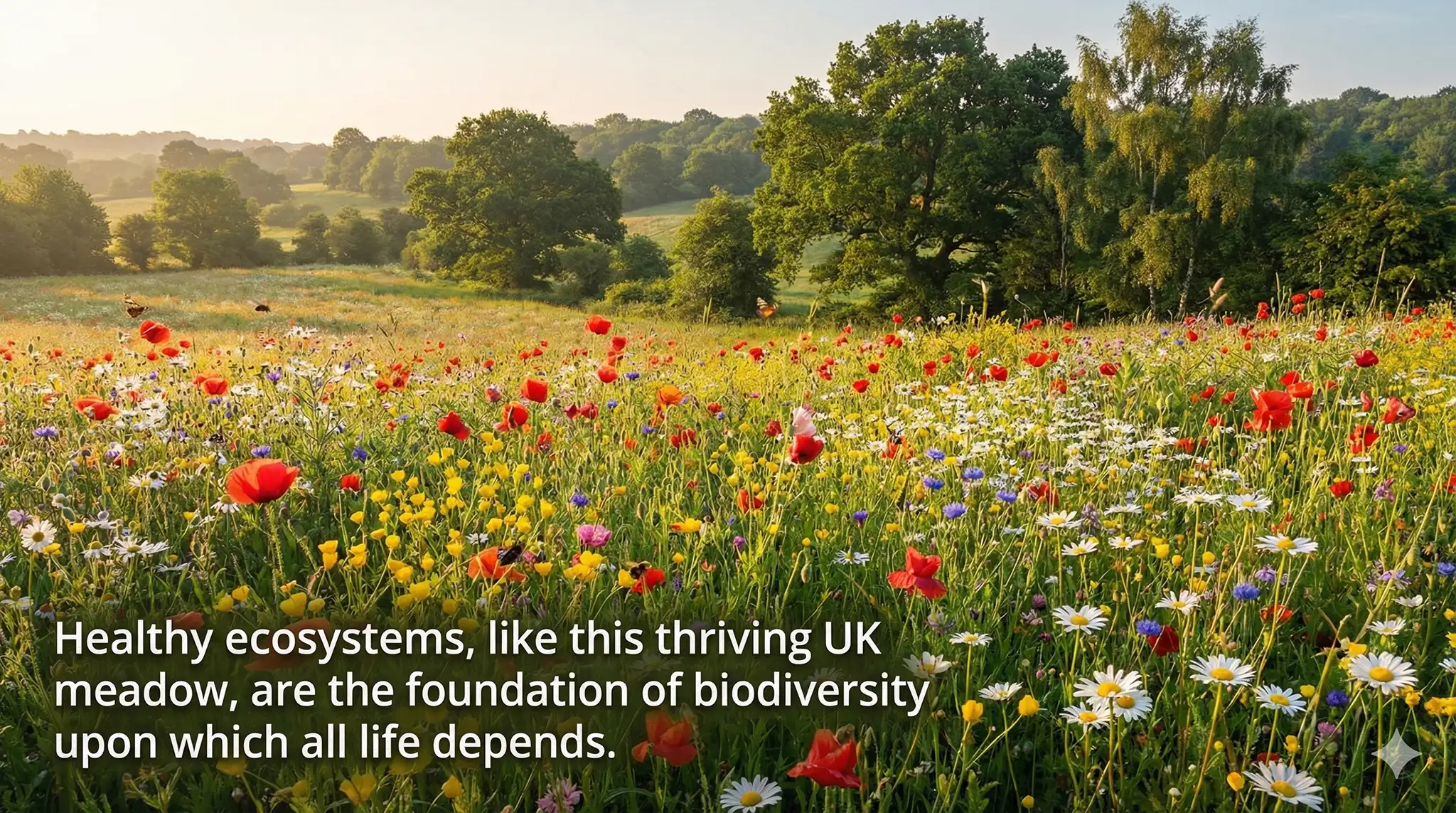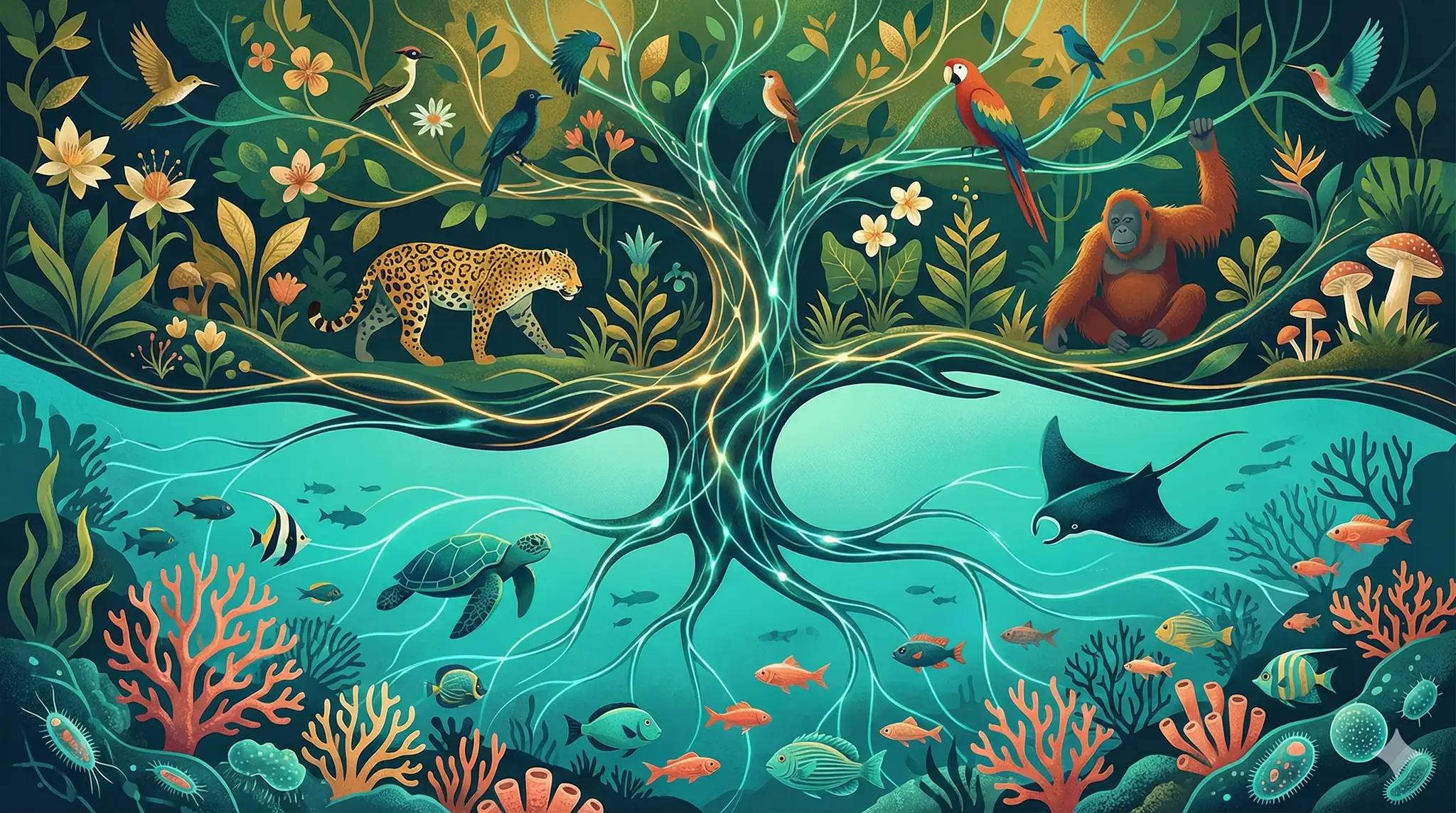Introduction to biodiversity and conservation
Nature provides us with vital ecosystem services such as freshwater, oxygen, and food, as well as protection from natural disasters like floods, droughts, and heat waves. These services contribute to approximately half of the world's GDP.
However, human activity has been and continues to threaten our own life support system. We've destroyed 32% of forests, 85% of wetlands, 50% of coral reefs, and 83% of all wild mammals and half of all plants. To conserve nature and its ecosystem services, we need to protect it from human activities like logging, overfishing, pollution, and hunting.
The Importance of Protected Areas
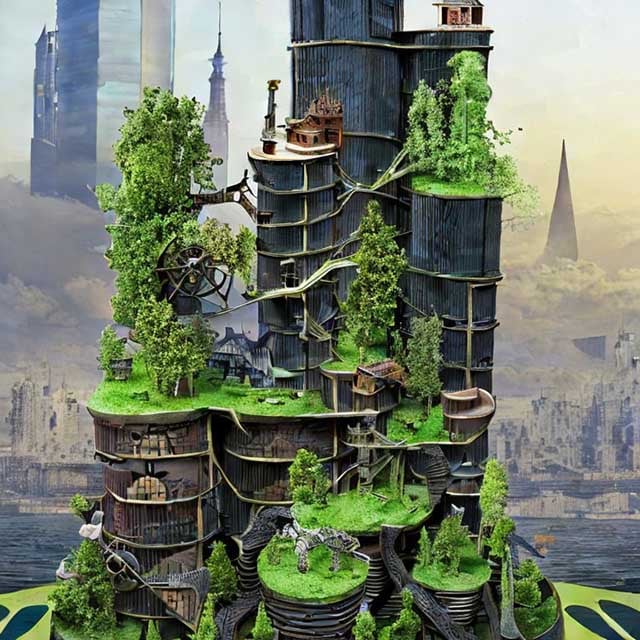 Protected areas are spaces designated by the International Union for Conservation of Nature (IUCN) where harmful human activities are limited or banned. Currently, 17% of land and 7% of oceans are classified as protected areas. In addition to conserving nature, they provide benefits like poverty reduction, clean drinking water, improved human well-being, eco-tourism, and preservation and strengthening of ecosystem services.
Protected areas are spaces designated by the International Union for Conservation of Nature (IUCN) where harmful human activities are limited or banned. Currently, 17% of land and 7% of oceans are classified as protected areas. In addition to conserving nature, they provide benefits like poverty reduction, clean drinking water, improved human well-being, eco-tourism, and preservation and strengthening of ecosystem services.
Categorizing Protected Areas
To create a protected area, it must first be categorized into one of six categories defined by the IUCN, each with its own goals and protection criteria. Category 1 areas have large intact natural spaces where only special access research and conservation work is allowed and human infrastructure like roads and electric lines is absent. Category 2 areas allow more human interaction like recreation and tourism to promote education and the local economy. Category 3 areas protect significant natural features like caves, mounts, and waterfalls. Category 4 protects specific habitats or species, like the National Shamballa Sanctuary in India which focuses on conserving river dolphins. Categories 5 and 6 provide the least amount of protection and allow even more human interaction, with category 6 allowing local people to extract natural resources.
Prioritizing Protected Areas
After categorization comes prioritization, which involves determining which area to protect first. This is a complex process that takes into account factors such as the benefits provided by the area, its vulnerability or irreplaceability, costs and benefits of protection, and more. Conservationists are still debating whether it's better to protect a single large area or several smaller ones.
Including Indigenous People in Conservation Efforts
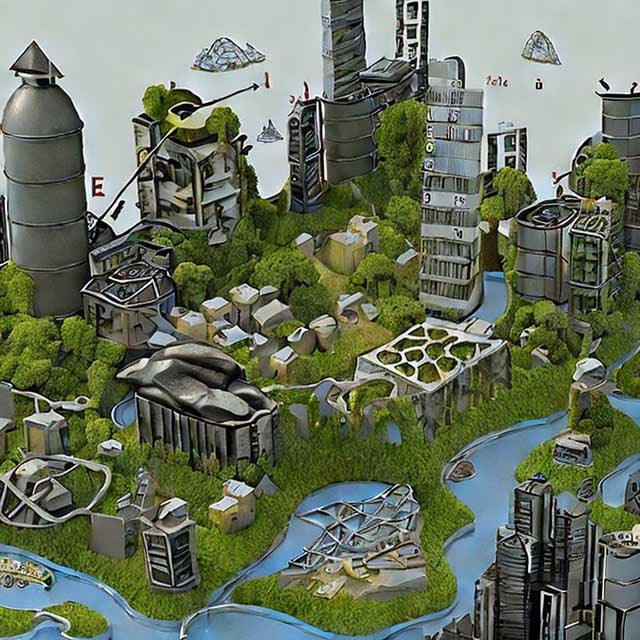 Indigenous people have historically been negatively impacted by mainstream conservation efforts and the creation of protected areas. Many have been removed from their ancestral lands in the name of conservation. However, recent efforts have been made to involve them as stewards in conservation through indigenous protected areas and other effective area management. This approach recognizes the important role indigenous people play in conservation and includes their rights as part of effective and equitable conservation efforts.
Indigenous people have historically been negatively impacted by mainstream conservation efforts and the creation of protected areas. Many have been removed from their ancestral lands in the name of conservation. However, recent efforts have been made to involve them as stewards in conservation through indigenous protected areas and other effective area management. This approach recognizes the important role indigenous people play in conservation and includes their rights as part of effective and equitable conservation efforts.
Balancing Conservation and Agriculture
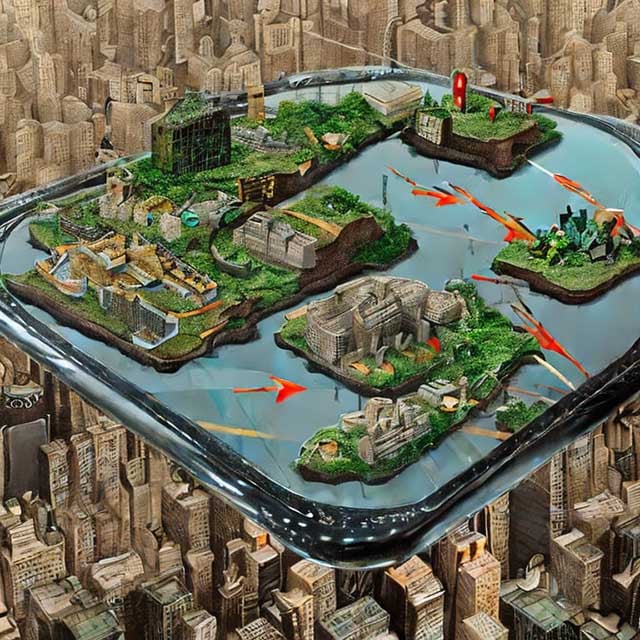 There is a growing need to balance conservation with agriculture to feed a growing population. By 2050, there will be nearly 10 billion people to feed, requiring food production to increase by 56%. Agricultural expansion is already responsible for almost 90% of global deforestation and threatens the extinction of 52% of species on the IUCN's Red List. One solution is to shift towards sustainable agricultural practices like agro-ecosystems that integrate traditional farming with natural ecosystems. These practices can act as a compromise that allows us to feed a growing population while conserving nature.
There is a growing need to balance conservation with agriculture to feed a growing population. By 2050, there will be nearly 10 billion people to feed, requiring food production to increase by 56%. Agricultural expansion is already responsible for almost 90% of global deforestation and threatens the extinction of 52% of species on the IUCN's Red List. One solution is to shift towards sustainable agricultural practices like agro-ecosystems that integrate traditional farming with natural ecosystems. These practices can act as a compromise that allows us to feed a growing population while conserving nature.
Frequently Asked Questions (FAQs)
Q: What are ecosystem services? A: Ecosystem services refer to the benefits that humans receive from nature, such as fresh water, oxygen, food, and protection from natural disasters. These services contribute to approximately half of the world's GDP.
Q: What are protected areas? A: Protected areas are spaces designated by the International Union for Conservation of Nature (IUCN) where harmful human activities like logging, overfishing, pollution, and hunting are limited or banned. These areas are created to conserve nature and its associated ecosystem services.
Q: How many categories of protected areas are there? A: There are six categories of protected areas defined by the IUCN, each with its own goals and protection criteria.
Q: What is the process for creating a protected area? A: The process for creating a protected area involves categorizing it into one of six categories defined by the IUCN, and then prioritizing which area to protect first based on factors such as benefits provided, vulnerability or irreplaceability, and costs and benefits of protection.
Q: What is the role of indigenous people in conservation efforts? A: Historically, indigenous people have been negatively impacted by mainstream conservation efforts and the creation of protected areas. However, recent efforts have been made to involve them as stewards in conservation through indigenous protected areas and other effective area management. This approach recognizes the important role indigenous people play in conservation and includes their rights as part of effective and equitable conservation efforts.
Q: How do we balance conservation and agriculture? A: There is a growing need to balance conservation with agriculture to feed a growing population. One solution is to shift towards sustainable agricultural practices like agro-ecosystems that integrate traditional farming with natural ecosystems. These practices can act as a compromise that allows us to feed a growing population while conserving nature.
Q: What is the goal of conservation efforts? A: Conservationists agree that we need to protect at least 30% of the world's nature by 2030 and 50% by 2050 to prevent environmental, social, and economic collapse. The future of our planet depends on it.
Conclusion Protecting nature is not a simple task. The threats of climate change, growing population, invasive species, and pollution make it even more challenging. Conservationists agree that we need to protect at least 30% of the world's nature by 2030 and 50% by 2050 to prevent environmental, social, and economic collapse. The process will be long and hard, but the future of our planet depends
